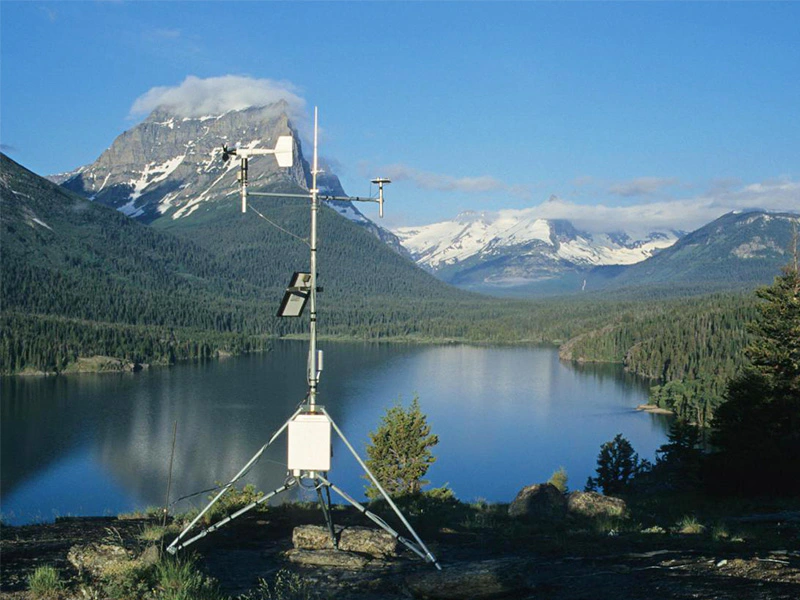Meteorological Station: Definition and Functions
April 10, 2025 | News | No Comments

# Meteorological Station: Definition and Functions
## What is a Meteorological Station?
A meteorological station, also known as a weather station, is a facility equipped with instruments and devices designed to measure and record various atmospheric conditions. These stations play a crucial role in weather forecasting, climate research, and environmental monitoring by collecting data on temperature, humidity, atmospheric pressure, wind speed and direction, precipitation, and other weather-related parameters.
## Key Components of a Meteorological Station
Modern meteorological stations typically include several essential instruments:
– Thermometer: Measures air temperature
– Barometer: Records atmospheric pressure
– Hygrometer: Measures humidity levels
– Anemometer: Tracks wind speed
– Wind vane: Determines wind direction
– Rain gauge: Measures precipitation amounts
– Pyranometer: Measures solar radiation
## Functions of Meteorological Stations
Meteorological stations serve multiple important functions in our daily lives and scientific research:
### Weather Forecasting
The primary function of meteorological stations is to provide accurate data for weather forecasting. By continuously monitoring atmospheric conditions, these stations enable meteorologists to predict weather patterns and issue warnings for severe weather events.
### Climate Monitoring
Meteorological stations collect long-term climate data that helps scientists understand climate patterns, detect climate change, and study global warming trends. This information is crucial for developing climate models and environmental policies.
### Agricultural Support
Farmers rely on weather station data to make informed decisions about planting, irrigation, and harvesting. Accurate weather information helps optimize agricultural practices and minimize crop losses.
### Aviation Safety
Airports maintain meteorological stations to provide pilots with real-time weather information critical for flight safety. Data on wind conditions, visibility, and temperature are essential for takeoff and landing procedures.
### Environmental Research
Scientists use data from meteorological stations to study atmospheric chemistry, air quality, and pollution patterns. This information contributes to environmental protection efforts and public health initiatives.
## Types of Meteorological Stations
Meteorological stations can be categorized based on their location and purpose:
– Surface stations: Located on land or at sea level
– Upper-air stations: Use weather balloons to measure atmospheric conditions at higher altitudes
– Automatic weather stations: Operate without human intervention
– Mobile stations: Installed on ships, aircraft, or vehicles
– Specialized stations: Designed for specific purposes like agricultural or urban monitoring
## The Importance of Meteorological Data
The information collected by meteorological stations forms the foundation of modern meteorology. This data is used by various sectors including:
– Emergency management for disaster preparedness
– Energy companies for power generation planning
– Construction industry for project scheduling
– Tourism sector for travel planning
– Health organizations for disease prevention
As technology advances, meteorological stations continue to evolve, incorporating more sophisticated instruments and automated systems to provide increasingly accurate and timely weather information that benefits society in countless ways.
Keyword: what is meteorological station